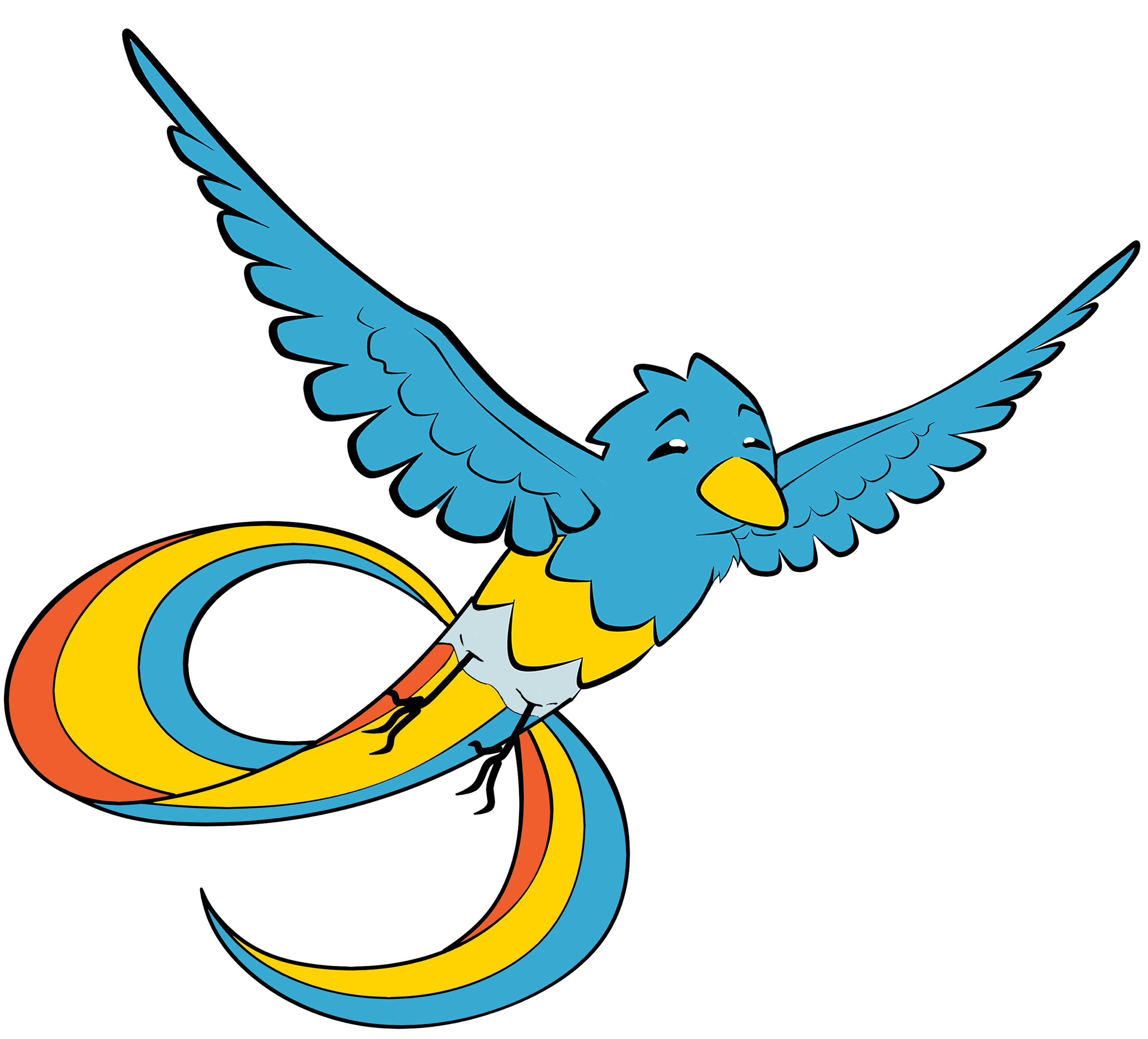Florence Liang [email protected]
“Concrete city” is a phrase attributed to many communities around the United States that share high-tech infrastructure, bustling workdays, and eccentric nightlife. However, as society progressed and cellular network towers emerged, critics began to view these structures as disruptions to the city's aesthetic harmony. On the Pacific coast, this challenge was met with a unique perspective – an endeavor to blend nature with technology, resulting in the creation of "fauxliage," a playful moniker for the innovative tree-like communication beacons.
Mobile cellular communication has undergone rapid evolution since the 1980s. The shift from tethered phones to portable devices was pioneered by Nippon Telegraph and Telephone in 1979 in Tokyo. These early brick-like phones symbolized the transition from 0G (wired analog devices) towards 1G (the first generation of mobile networks). Notably, Motorola's DynaTAC, the first 1G phone accessible in the US, carried a staggering price tag of nearly $4,000 in 1984.
But how do cell phones connect us? In simplified terms, they emit electromagnetic radio waves that network towers convert to and from light pulses. Given your phone's SIM card or your laptop's IP address, data can traverse the globe via this expansive international network of towers.
Despite representing a significant leap in telecommunications, the first generation unveiled critical vulnerabilities that hindered seamless network utilization. These include:
The second generation of mobile networks (2G) was designed to address the latency issues inherited from 1G. A significant innovation during this era was the introduction of multimedia capabilities, specifically the ability to transmit and receive videos. Devices of the second generation, such as the Nokia 3210, supported SMS (short message service) and MMS (multimedia messaging). These features operated by encapsulating data into "packets," which were then transmitted in fragments for later reassembly.
Shortly following the launch of 2G, cellular network towers (similar to the one depicted above) began emerging along the Pacific coast. In 1992, Larson Co., now a subsidiary of Valmont Industries, released their first disguised towers designed to resemble native trees of the region. Notably, Larson Co. had previously specialized in crafting landscapes for the entertainment sector, contributing to iconic installations in venues like Disney, Las Vegas, and the Arizona Science Center. However, driven by the Telecommunications Act of 1996 and growing concerns voiced by NIMBY critics, Larson Co.’s camouflaged designs for network towers gained steady popularity.
The arrival of 3G marked another stride forward, particularly in the network's utilization of data packets through incorporating "packet-switching." This advancement facilitated bandwidth-intensive tasks like downloading music and engaging in live video calls. The new generation boasted data transfer capabilities four times that of 2G, exceeding speeds of 2 Mb/s at that time.
The emergence of much of the internet landscape we know today happened during 3G. Fundamental functions like music streaming, calls, text messaging, and online searches became integral to nearly all newly released phones. Concurrently, Apple introduced the iPhone 1 and iPhone 2 toward the end of this era, marking the inception of a lineage of smartphones that would revolutionize communication.
By the late 2000s, the 4th generation, known as LTE (Long-Term Evolution), entered the market, bringing with it speeds nearing 200 Mb/s. This new iteration demanded significant hardware adaptations, consequently driving sales for tech giants like Apple and Samsung.
Then, in 2019, the initial iterations of 5G were unveiled in South Korea, a milestone that would subsequently reverberate worldwide. As the gaming industry continued its expansion, telecommunications companies introduced "Gig-speed" internet, enabling nearly instantaneous connections.
Today, the technology sector is poised to integrate IoT (Internet of Things) devices, artificial intelligence, and cloud computing to foster the growth of interconnected and intelligent societies. With a tentative release projected around 2030, 6G is set to usher in even faster internet speeds, allowing consumers to connect instantaneously, seamlessly integrate their homes with IoT, and thrive under the banner of sustainability.
As society perpetually adapts to novel generations of the internet, we bid farewell to the "fauxliage" towers that once symbolized this evolution.
